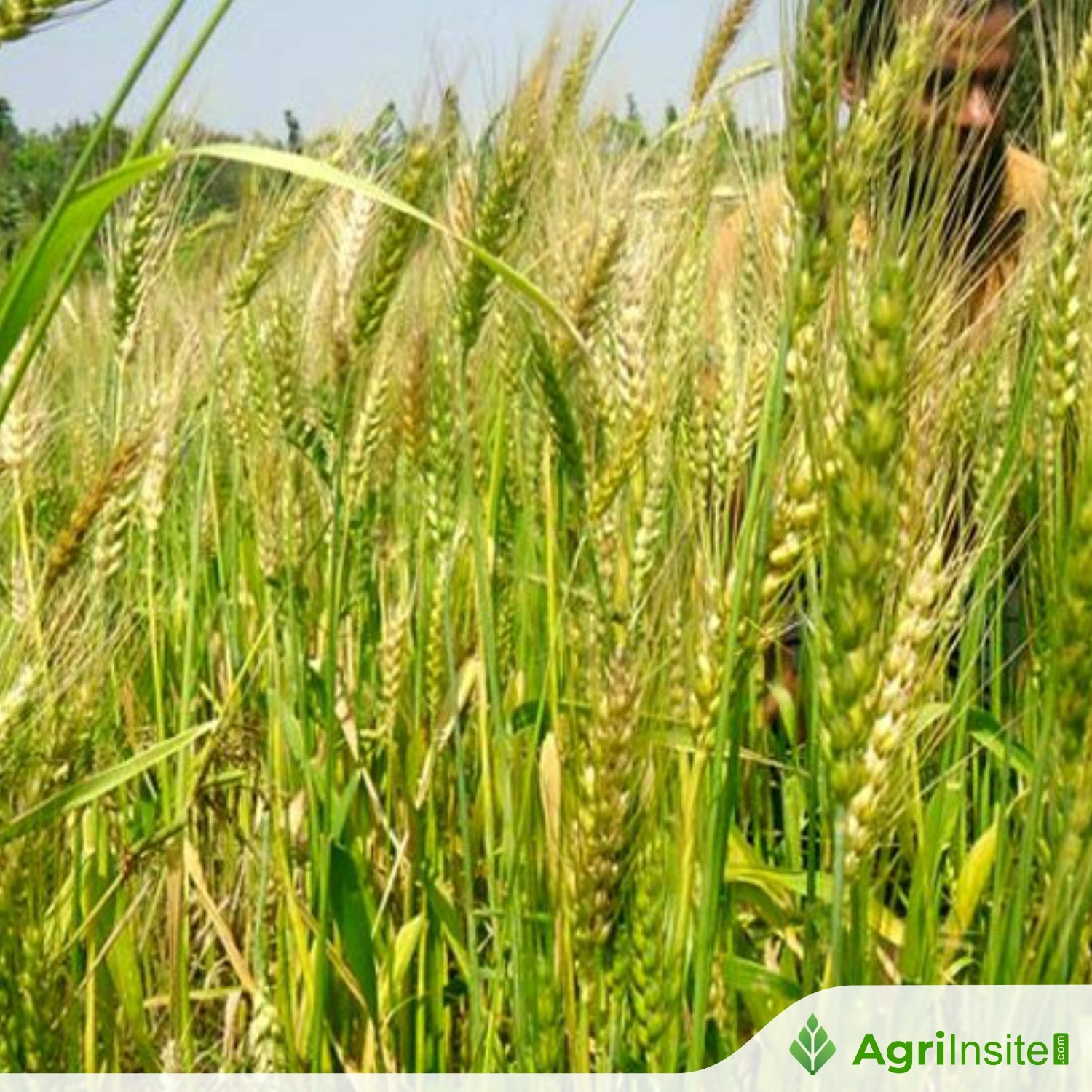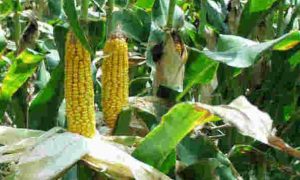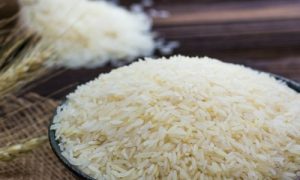Assam Meets 2024-25 Paddy Procurement Target

Assam has achieved 100% of its 2024–25 paddy procurement target at MSP, marking a historic milestone. Over 1 million farmers benefited from direct payments, reflecting growing trust in the system. Government reforms—more centers, digital registrations, and real-time tracking—fueled the success. The state now plans a 15% increase in next year’s target, aiming for sustainable, inclusive growth.
Assam has successfully achieved its paddy procurement target for 2024-25, signaling a major boost for farmers and food security efforts. The state government officially confirmed that it had procured the entire volume of paddy set under the annual target—a move being hailed as a historic milestone in Assam’s agrarian progress.
This remarkable achievement demonstrates not only enhanced government efficiency but also the increasing participation and trust of the farming community in the procurement system.
Record Procurement at Minimum Support Price
According to state agricultural officials, Assam procured the targeted quantity of paddy at the government-declared Minimum Support Price (MSP). This effort ensured fair compensation for farmers and prevented exploitation by middlemen or private traders.
“This is the first time Assam has completed 100% of its paddy procurement target well within the procurement season,” said a senior official from the Food, Civil Supplies & Consumer Affairs Department. “It reflects the state’s commitment to farmer welfare and food security.”
Farmers who sold their produce through registered procurement centers received direct payments into their bank accounts, enhancing transparency and efficiency. Many also benefitted from reduced transportation and storage burdens, as procurement was conducted near their farmlands.
Direct Impact on Farmer Welfare
The success of the Assam paddy procurement target has brought visible improvements in the rural economy. Thousands of rice farmers across districts such as Barpeta, Nagaon, Lakhimpur, and Dibrugarh received timely payments, which helped them reinvest in seeds, fertilizers, and farm equipment.
“This time, we got the full MSP without delays,” said Ramesh Kalita, a farmer from Nalbari. “It has given us the confidence to grow more next season.”
Moreover, the increased confidence in the procurement system is encouraging many marginal and small-scale farmers to register for the next procurement cycle. The state now expects a rise in agricultural output for the 2025-26 season, due to increased farmer participation and better financial security.
Government Initiatives Drive the Success
Several new policies and logistical improvements contributed to this achievement. Under the leadership of Chief Minister Himanta Biswa Sarma, Assam ramped up its procurement infrastructure in rural and semi-urban areas. The state established more procurement centers, digitalized farmer registrations, and launched awareness campaigns across farming communities.
The Agriculture and Food departments collaborated closely to ensure smooth coordination between storage facilities, transport vehicles, and payment systems. Furthermore, nodal officers monitored real-time procurement data to avoid delays and resolve bottlenecks.
Officials believe that these reforms will serve as a model for other northeastern states looking to improve their procurement efficiency and reduce post-harvest losses.
A New Chapter in Assam’s Agricultural Growth
With this achievement, Assam has joined a select group of Indian states that have successfully met their annual foodgrain procurement goals. This accomplishment also reflects the growing maturity of Assam’s agrarian ecosystem, where both farmers and the state work in sync to ensure sustainability and profitability.
Experts believe this success will significantly improve Assam’s agriculture growth rate for the fiscal year. In addition, it may attract more central investment in cold chains, storage units, and food processing clusters, which are vital to post-harvest value addition.
“This is not just about procurement,” said an agriculture economist. “It’s about building a rural economy that empowers farmers and supports long-term growth.”
Looking Ahead: Targets for 2025-26
The Assam government has already begun preparing for the 2025-26 procurement cycle. Plans include increasing the target volume by 15%, expanding procurement to more remote districts, and offering incentives for farmers who use organic and sustainable farming methods.
Moreover, the state is working on improving irrigation coverage and introducing drought-resistant paddy varieties. These steps aim to stabilize production and minimize the effects of climate change on farming communities.
While celebrating this year’s success, the government has also acknowledged the challenges that remain. Issues like market fluctuations, pest attacks, and climate uncertainty still pose risks. However, with proactive policies and responsive governance, Assam is positioning itself as an emerging agricultural success story.
To Read more about Rice News continue reading Agriinsite.com
Source : Borok times














